Art and Culture
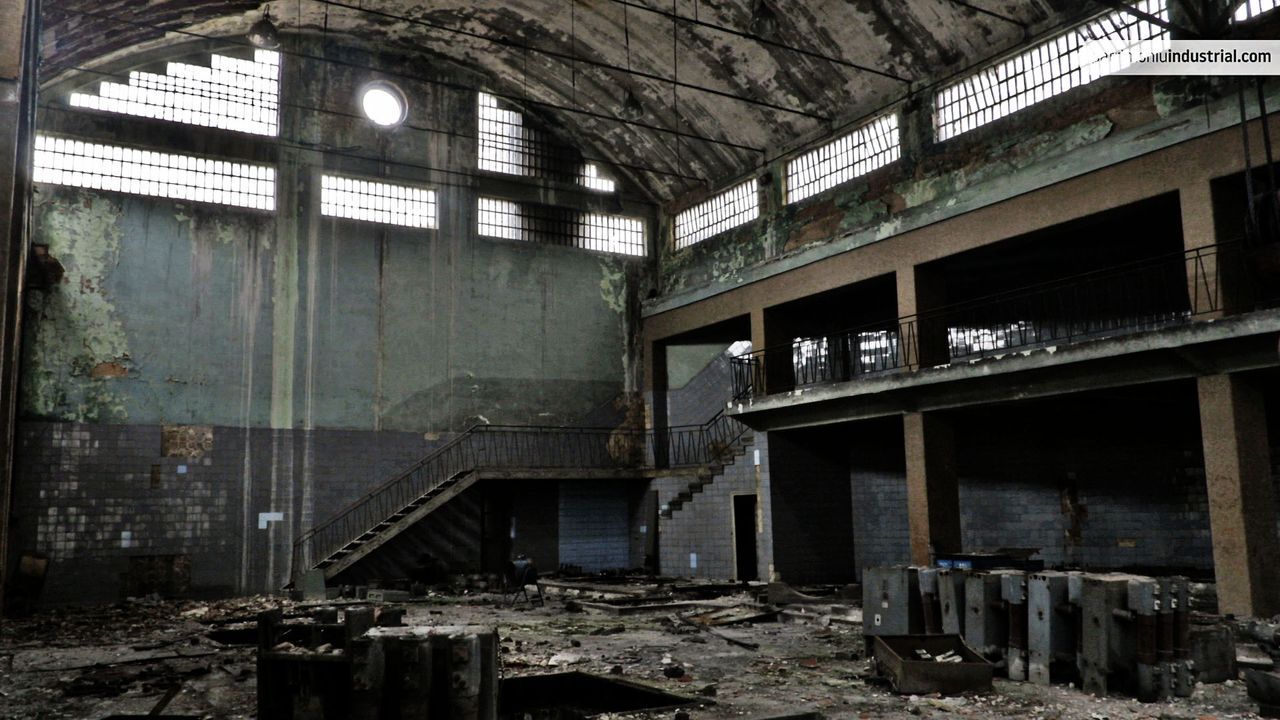
342600493
Ilgner Electric Converters Warehouse
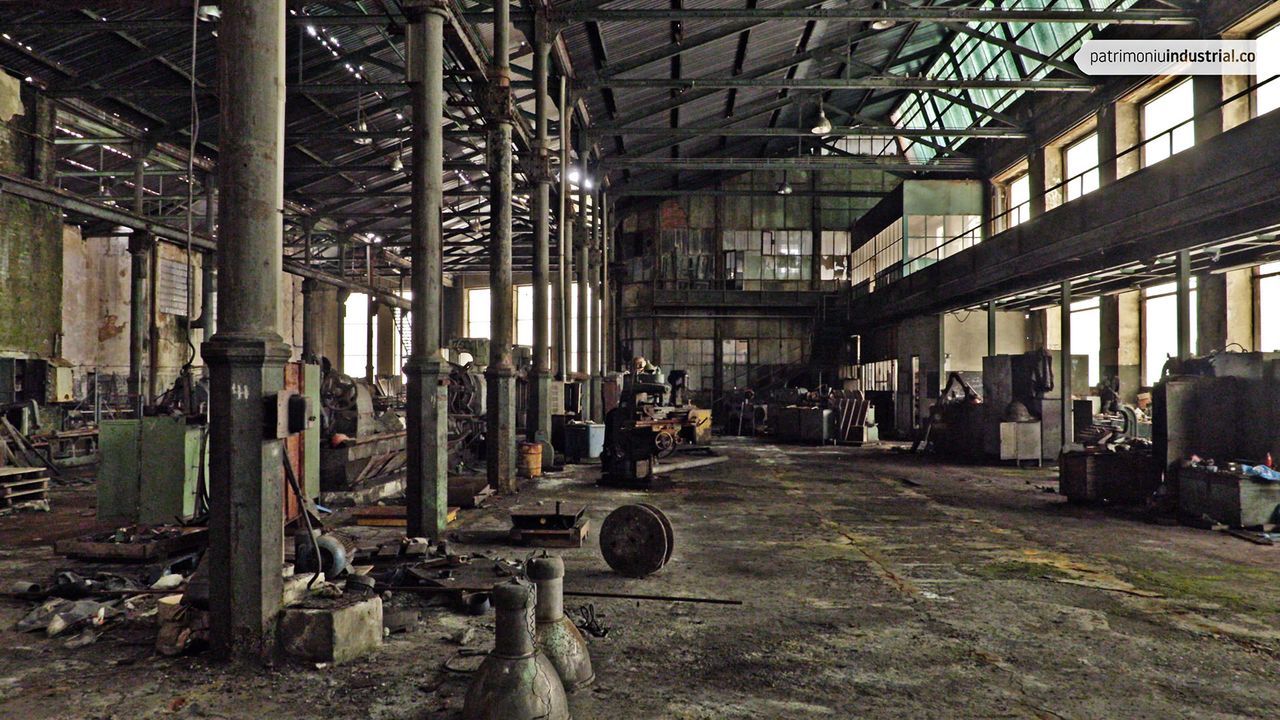
354193232
SMDF Engineering Fit Workshop

342602865
Steelworks Warehouse Number 1
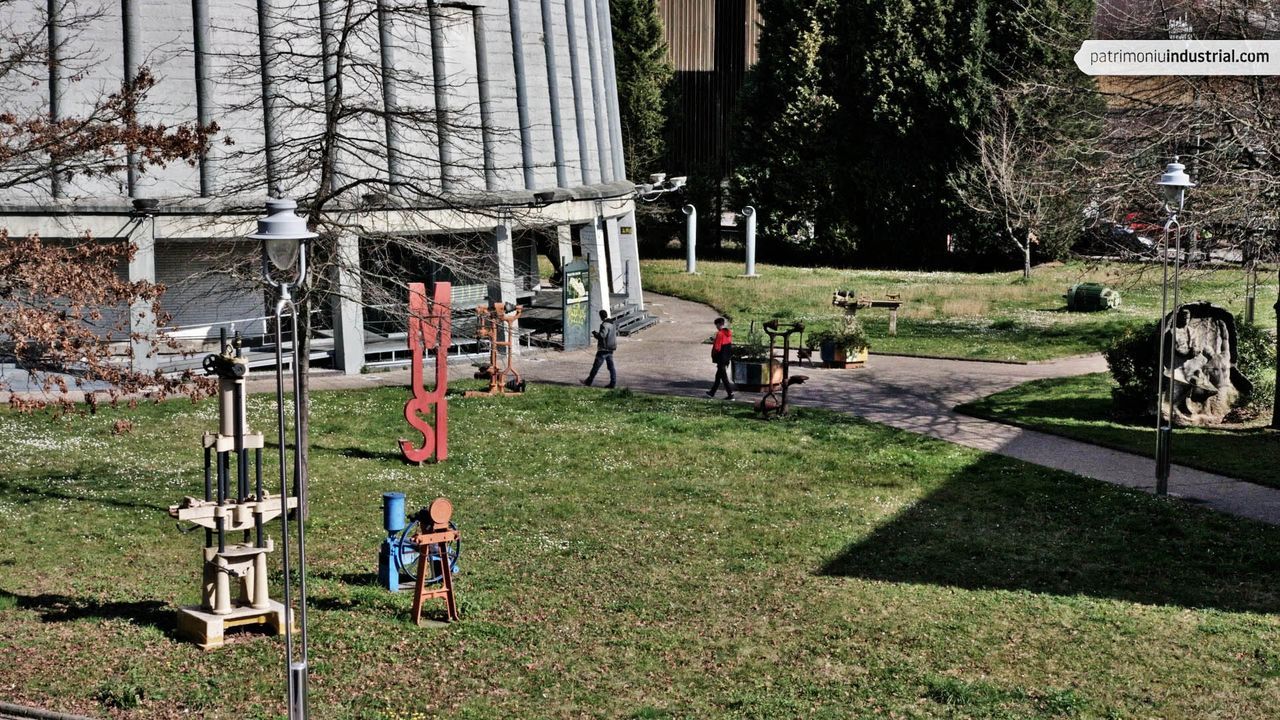
342801480
Iron and Steel Museum
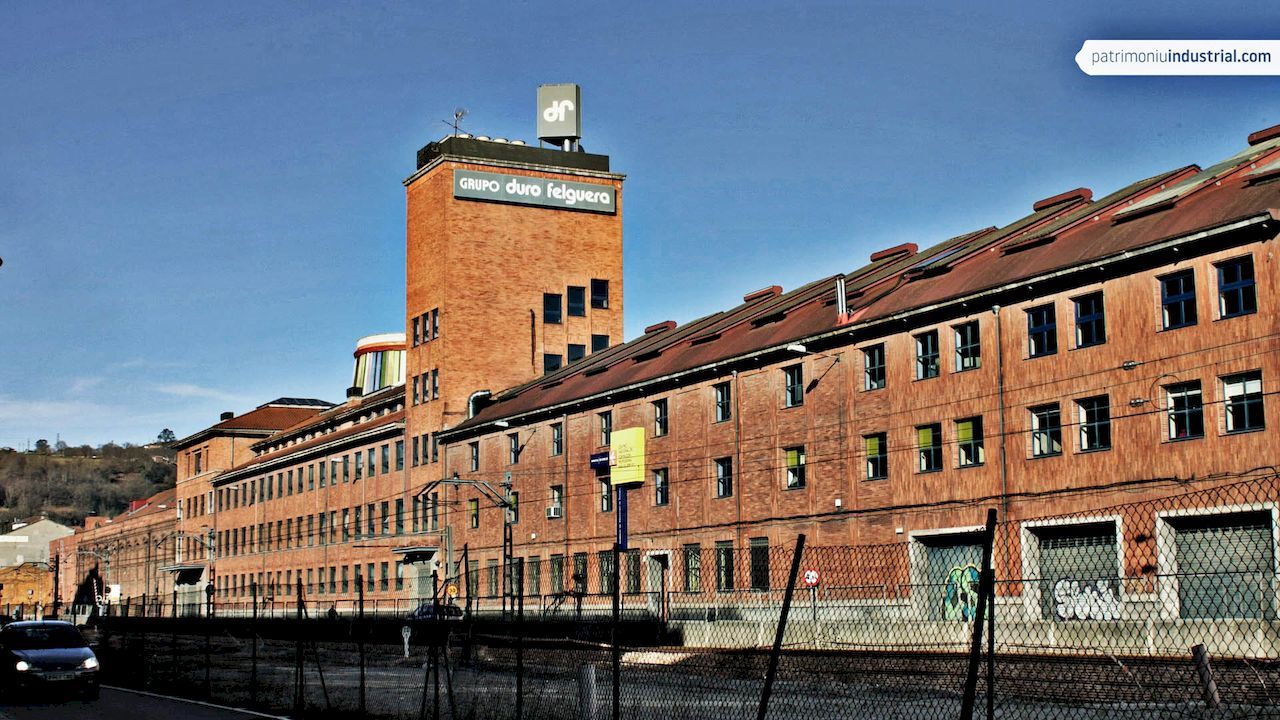
350807324
Duro Felguera Factory
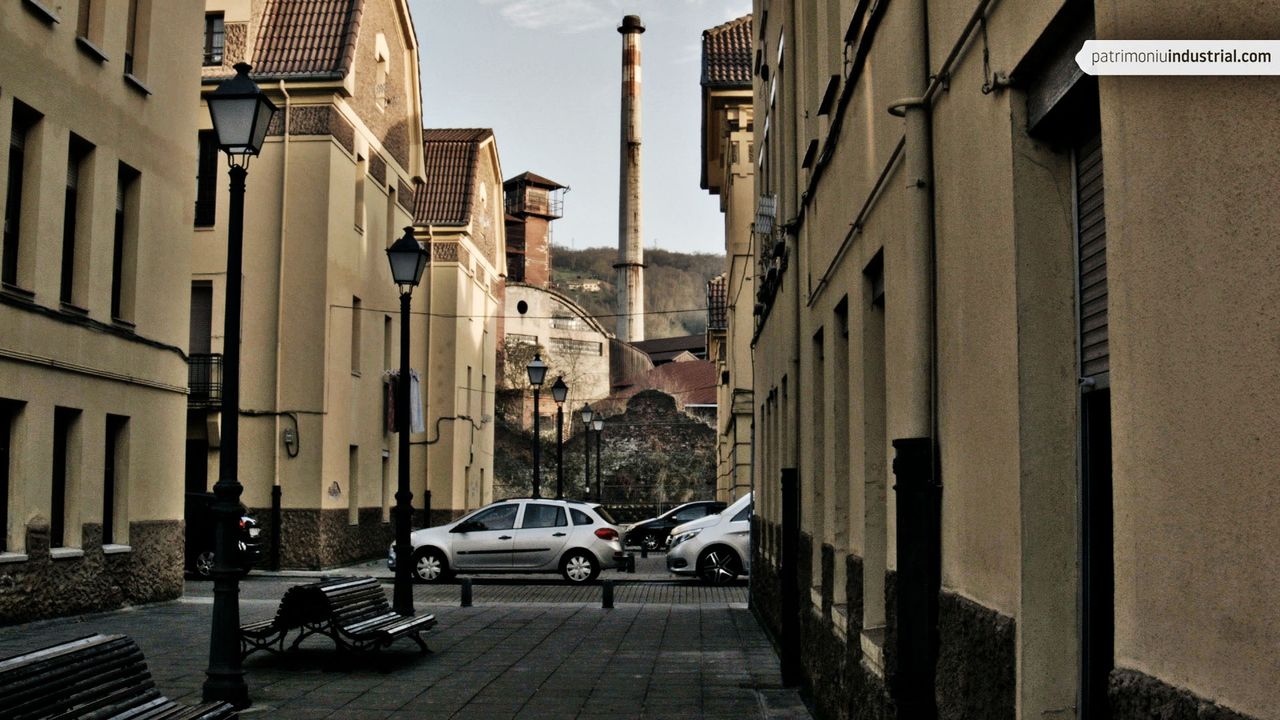
345199847
Urquijo Neighbourhood
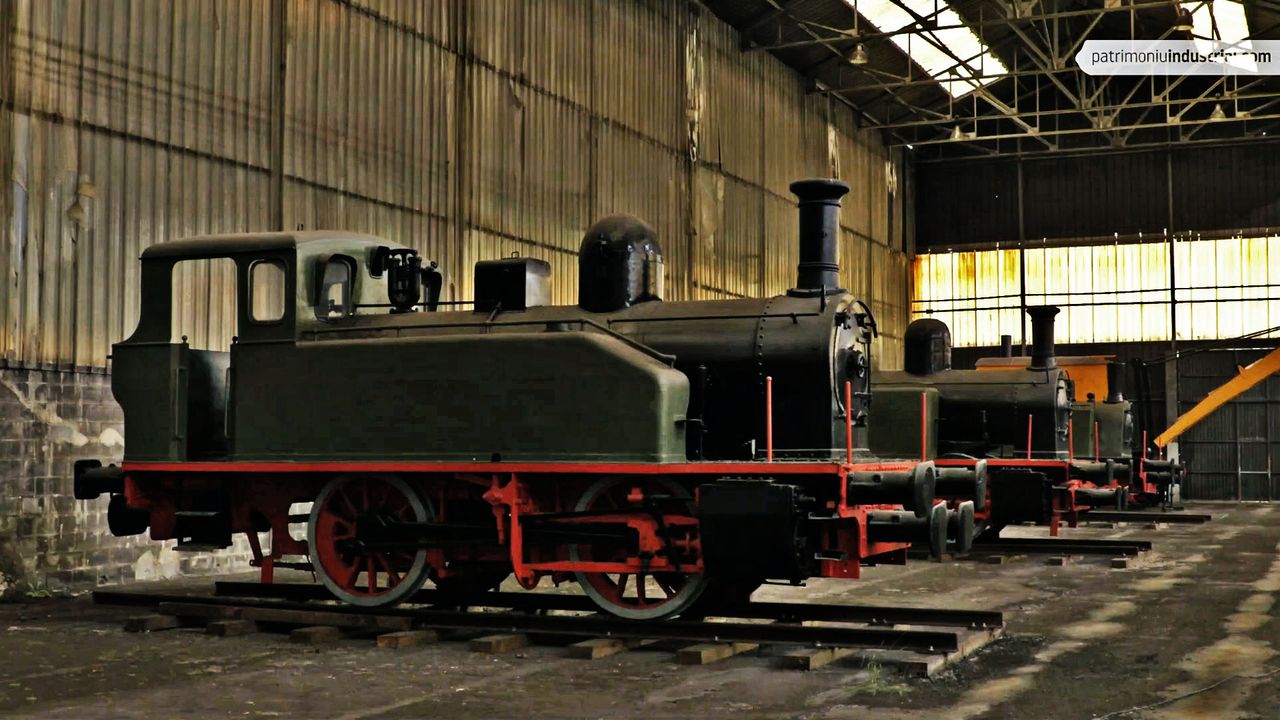
522819059
Pedro Duro Locomotive
The start-up in 1856 of the ironworks of the company Duro y Cía lead to a huge population growth in La Felguera, Langreo. This iron and steel complex developed by Pedro Duro Benito, a businessman from La Rioja, remained in operation until the 1980s. Together with Fábrica de Mieres and Fábrica de Moreda-Gijón, it was part of the private iron and steel companies which operated the region. This did not change until the stiff competition created by the public company ENSIDESA provoked their integration and made them close their facilities.
As a witness of its long activity, an interesting ensemble is preserved in La Felguera. Here, one of most outstanding buildings is the old cooling tower of the factory, where the Iron and Steel Museum of Asturias is housed nowadays.
Inside, visitors are able to learn about the history of the Duro Felguera factory and also about the Asturian industrialization process. Coal, abundant in the area and a fundamental raw material used in the iron and steel industry, becomes the central element of a story told through panels, models and collections in which different documents, clothing and original tools are exhibited.
The exterior tours offered by the museum allow visitors to learn about the urban development of La Felguera and its growth at a pace set by the factory. This includes relevant examples of workers' housing, school, welfare, religious or leisure buildings, created as a result of the intense construction activity of the company.
Likewise, there’s a recreation of a workers' house in Barrio Urquijo, one of the most interesting facilities designed by the Asturian architect Enrique Rodríguez Bustelo (Noreña, 1885 - Oviedo, 1983). As a complement to the contents offered in the museum itself, here visitors are able to discover the life of a worker outside his working environment.
Mónica García Cuetos

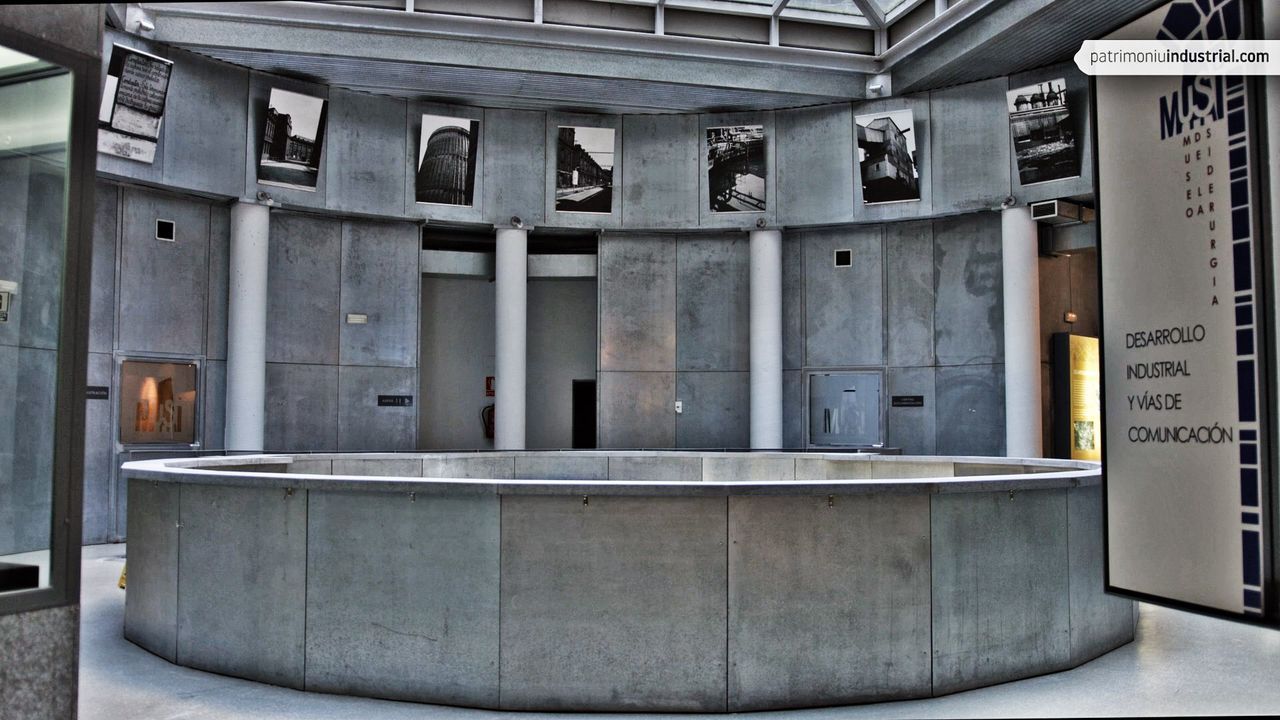
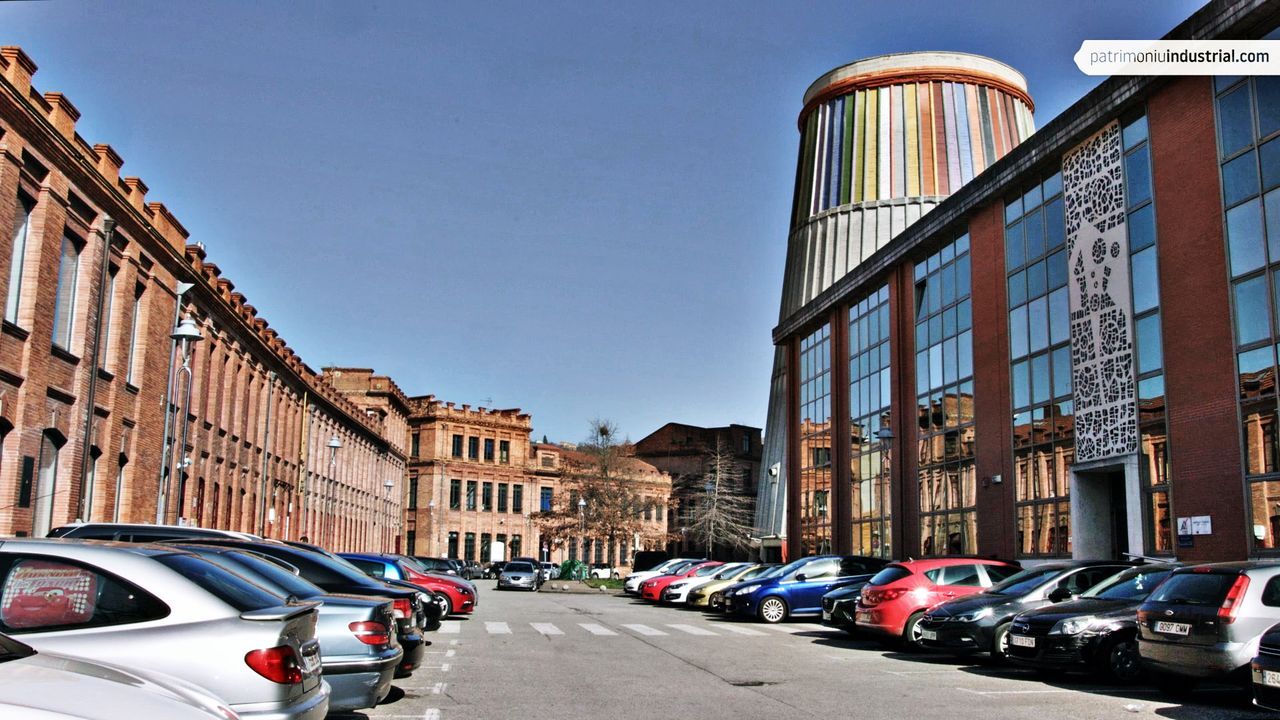
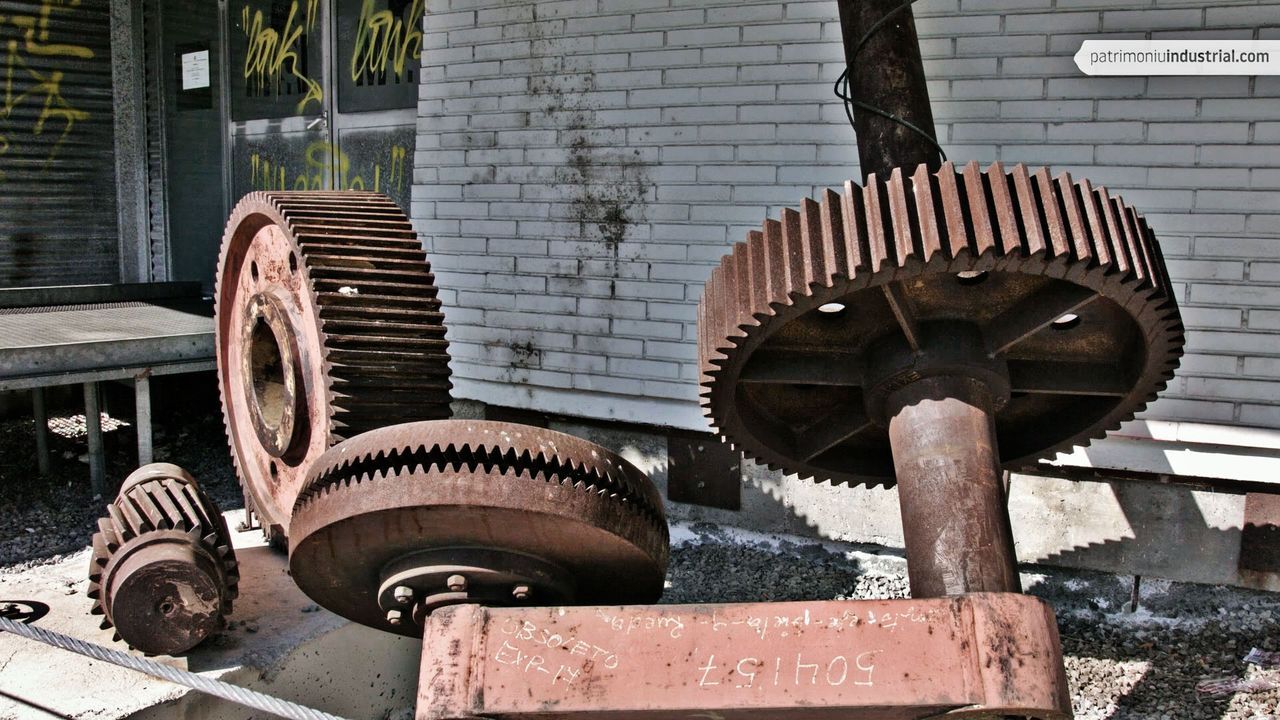
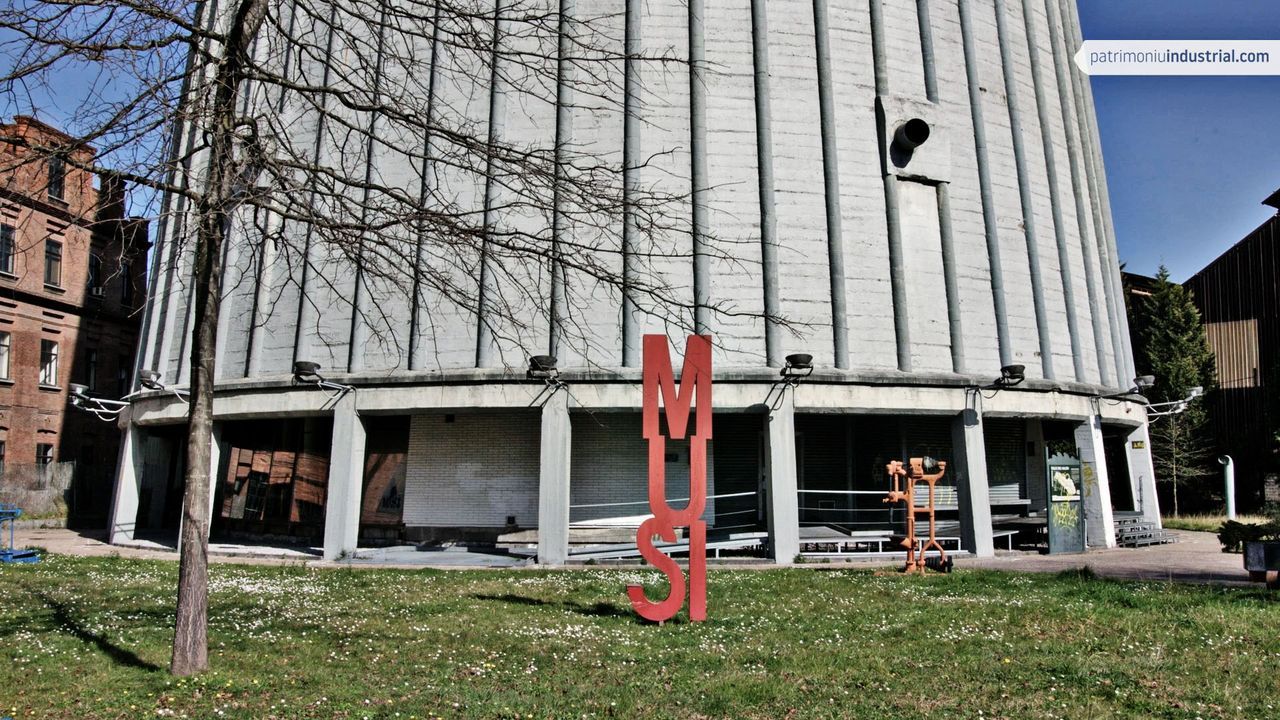

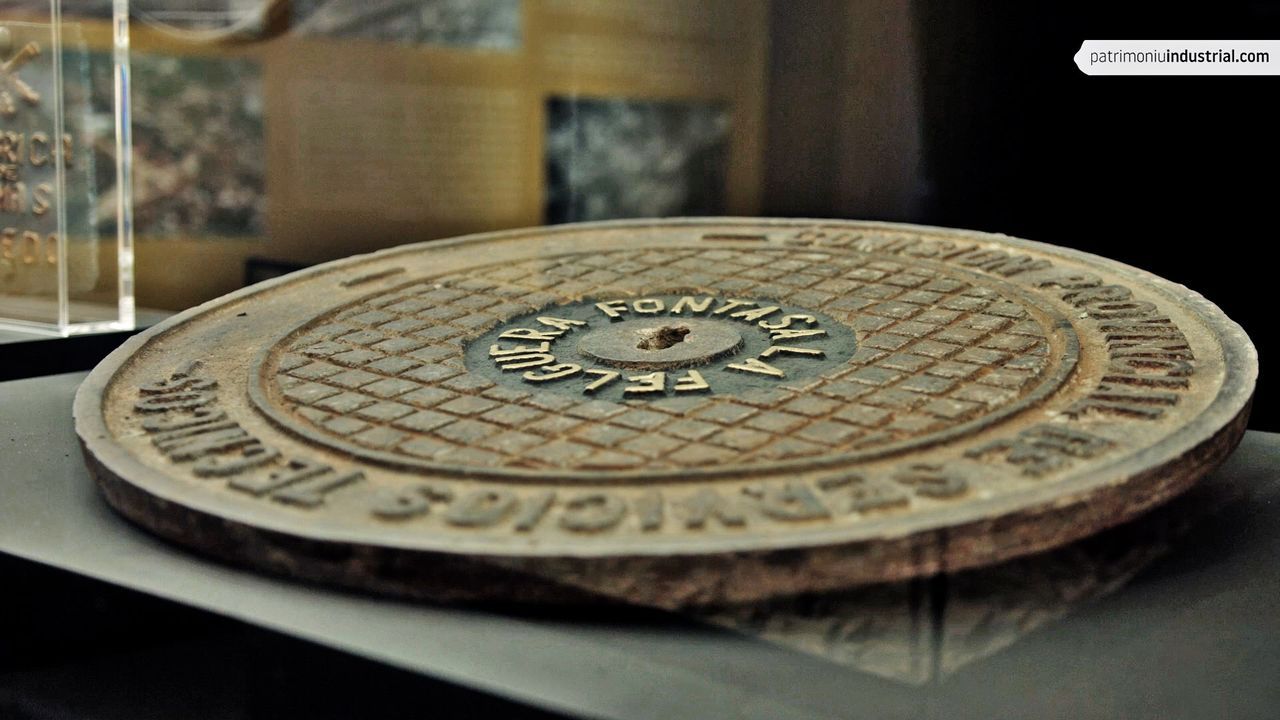
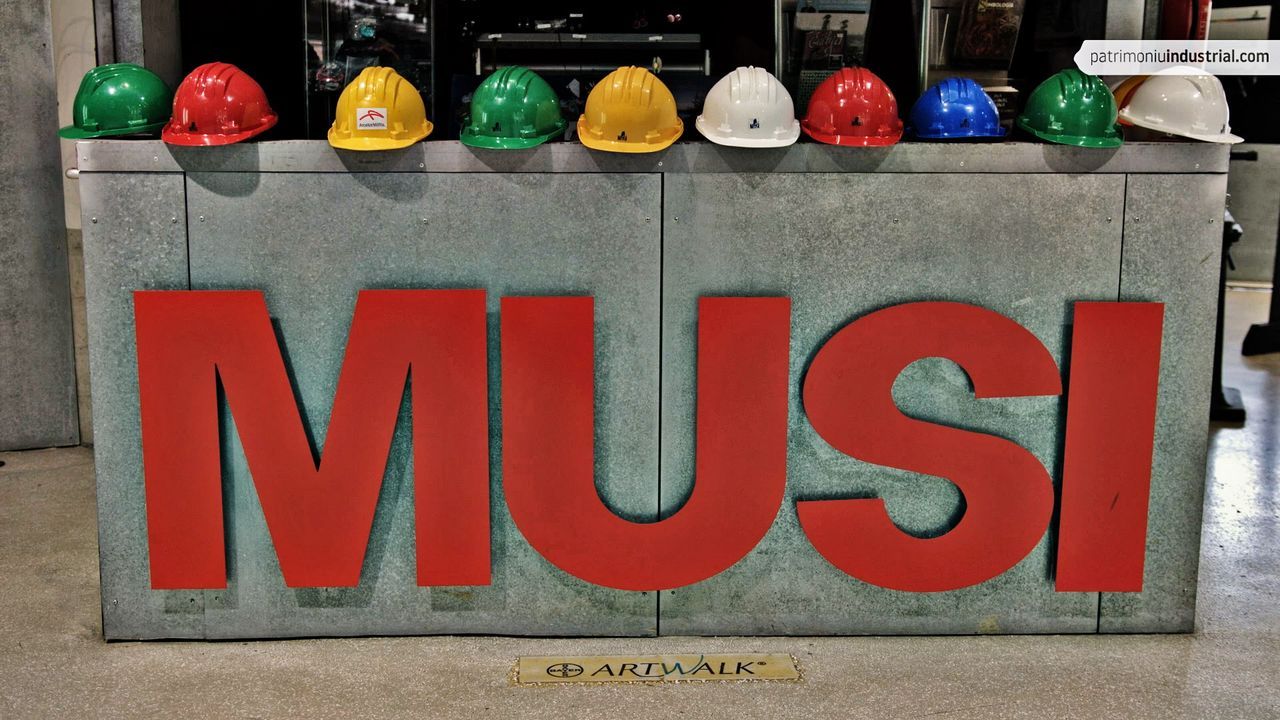
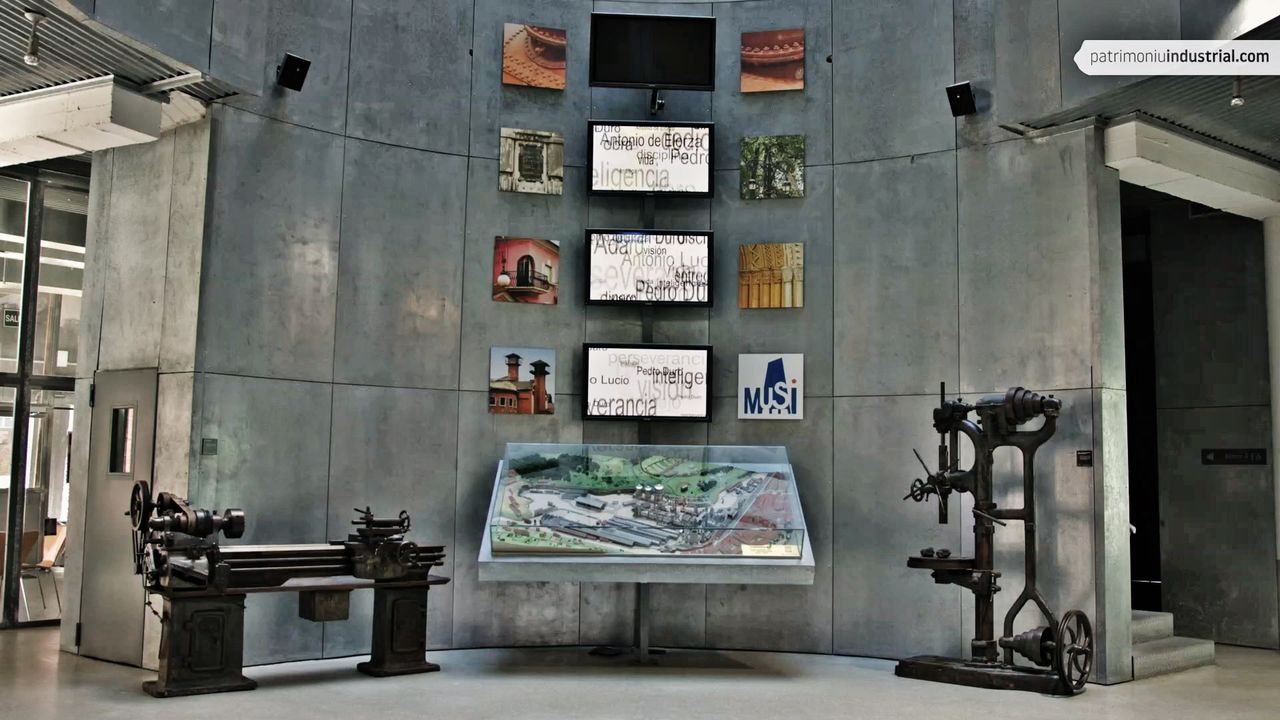

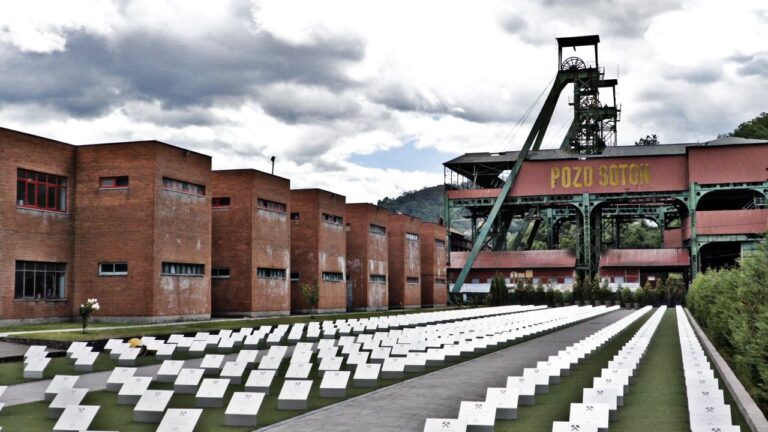

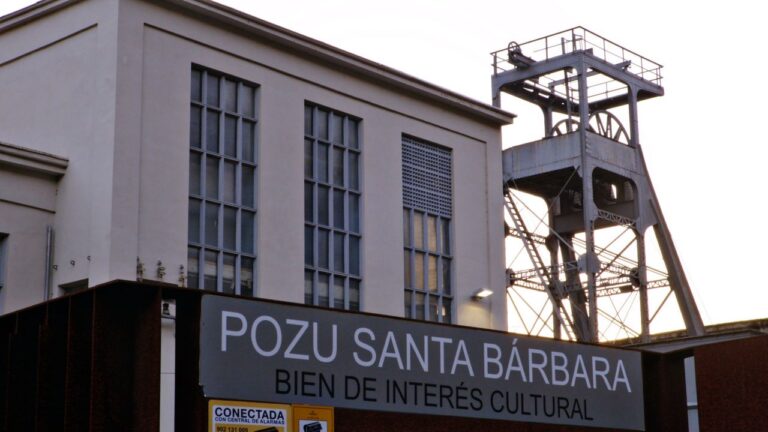

Recent Comments